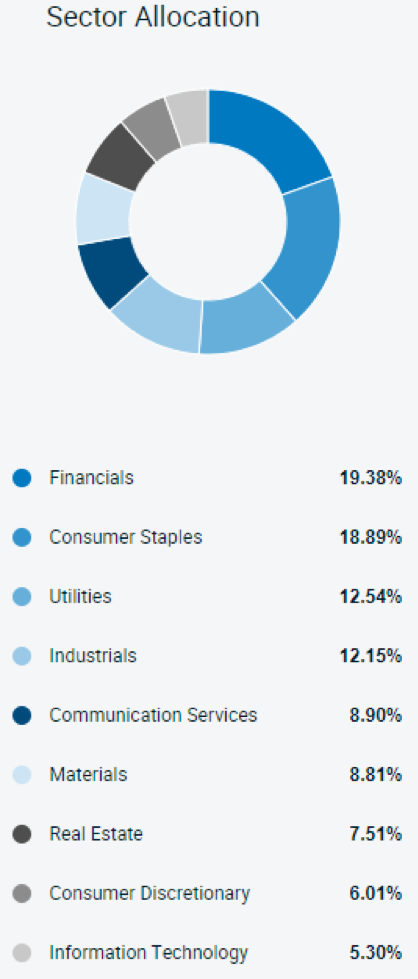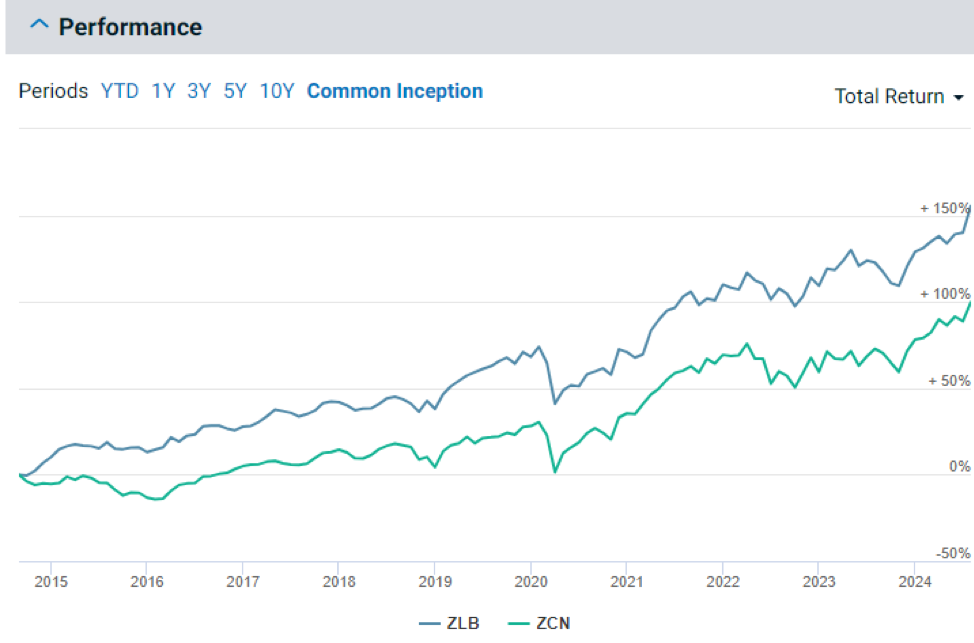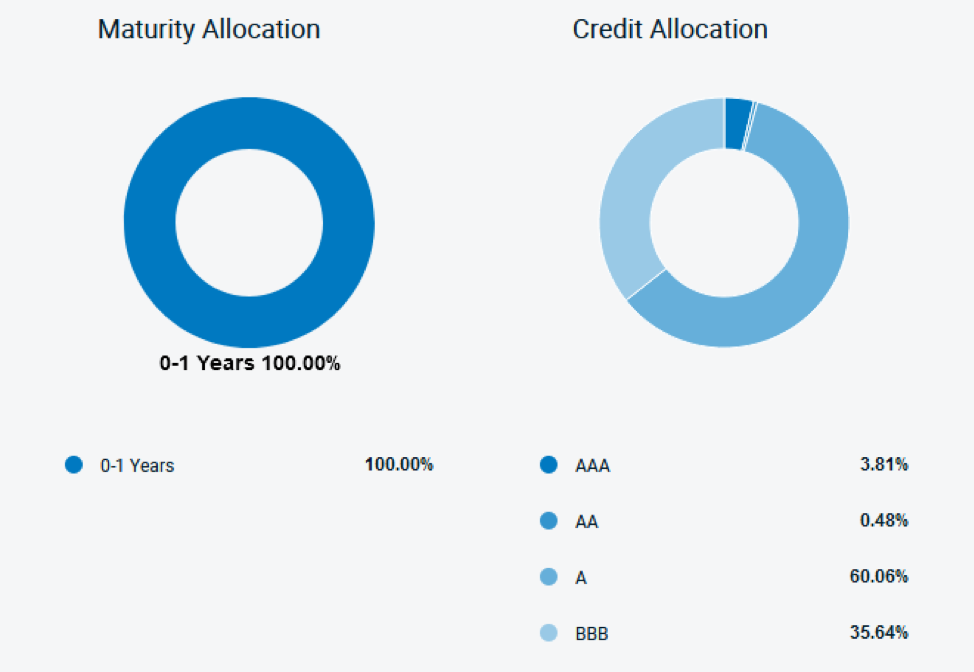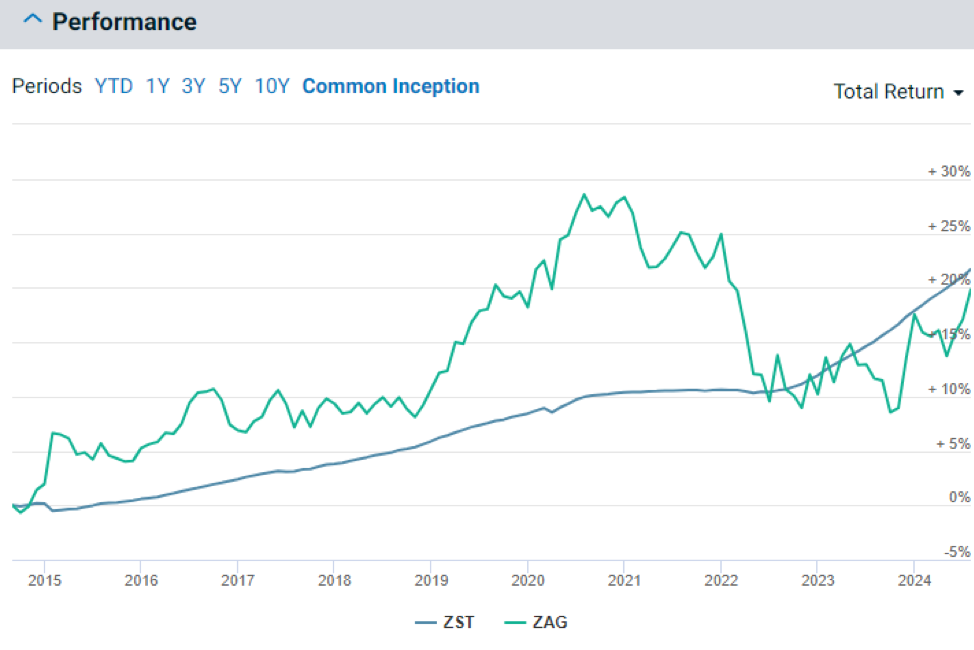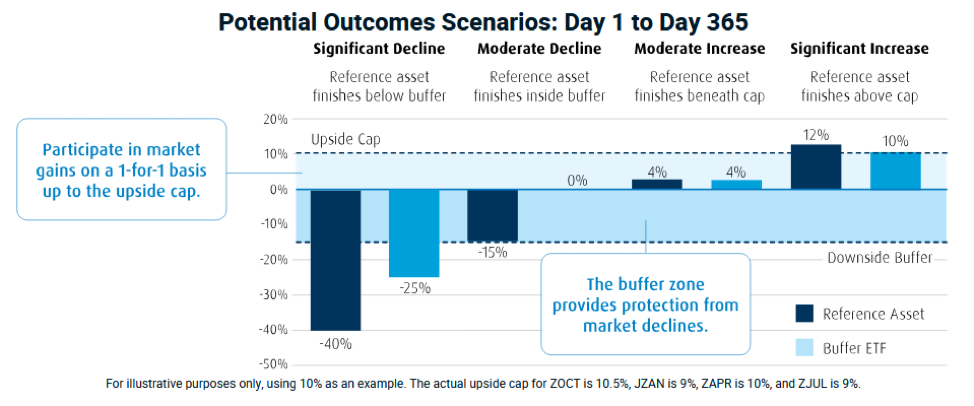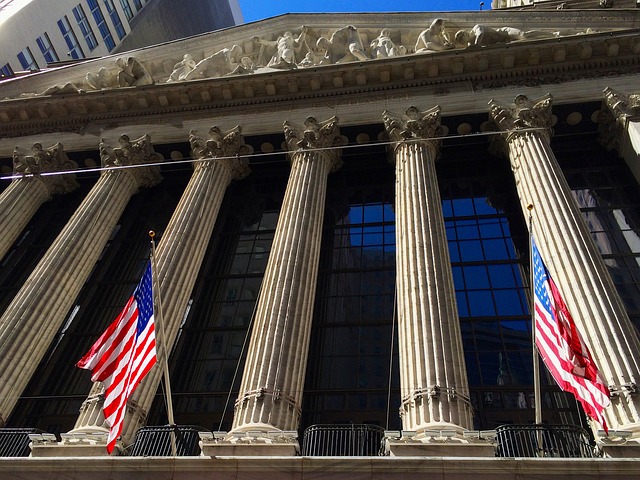
By Devin Partida
Special to Financial Independence Hub
Today’s markets are difficult to navigate.
Keeping up with traditional market volatility can be difficult due to constantly changing market indexes and financial trends.
So, how do you stay afloat? To diversify your portfolio with assets that won’t move with the market, invest in collectibles.
What is Considered a Collectable?
Has anything been handed down to you as a generational gift? How about a piece of memorabilia from your favorite band or sports team? If these items are considered valuable due to rarity, historical significance or simple worth, they are considered collectibles.
Collectibles come in all shapes and sizes. From the smallest coins to the biggest cars, they might make valuable investments. Here are typical examples:
Art
One of the most common collectibles, art comes in many different forms. If you have a painting, sculpture or other piece that you think is valuable, you can research your art through museums or online collections.
Coins
Coin collecting is a centuries-old hobby. Coins are small and easy to access, making them an excellent place for beginners to start. Though tiny, they can be highly valuable. The 1943 Lincoln Head Copper Penny was once just a penny but now sells for over $204,000.
Sports Memorabilia
With new stars emerging every year, sports memorabilia will never go out of style. The market for sports collectibles is increasing in value for current sports stars like LeBron James and Steph Curry, alongside Hall of Famers and older sports legends.
Benefits of Investing in Collectibles
Investing in collectibles can bring various benefits — to your wallet and future. Here are four positive impacts:
1. Retain Value during Market Downturns
Volatility occurs when the market experiences dramatic price changes. When stocks change and prices shift, collectibles retain value because they are not solely based on the economy. Collectibles often maintain historical resilience, meaning their historic worth protects them during downturns.
2. Generate Return on Investment (ROI)
Collectibles can yield a great ROI. If you know the value of your collectibles, budget appropriately and care for your items, they could be worth a lot. Most collectibles appreciate around 10% each year, contributing to your financial security.
3. Enjoy a New Hobby
Although collectibles can be used as a financial strategy, they also make a fun hobby. What is something that interests you? Everyone has something that fascinates them, and almost anything can be collected. With collectibles, making smart financial investments can be more exciting.
4. Diversify your Portfolio
Investing in multiple assets is a smart way to protect yourself — and your money. Diversification mitigates unsystematic risks that could occur when the market shifts. Using collectibles along with traditional investments gives you more protection against volatility.
How to make successful Collectible Investments
Collectibles provide many financial benefits, but they also come with risks. Before starting your collection, understand the necessary steps to take and things to watch out for.
Make informed purchases
Do your research first if you want to start a collection or purchase a single item. When investing in online stock, people use investing apps to help them make smart decisions and avoid fraud. In-person investments require the same safety measures. Sellers could trick you into spending money on counterfeit items, so be smart when investing.
Understand Liquidity
Liquidity refers to how quickly an investment can be sold or turned into cash without impacting its price. Although collectibles gain value over time, they are meant to be long-term assets. Unlike stocks and bonds, which can be converted to cash in 1-2 days, collectibles may take years. This doesn’t mean you shouldn’t invest in collectibles — it just means you must be aware of timelines.
Integrate Collectibles into a broader Investment Strategy
Collectibles are a great way to diversify your portfolio as an additional form of investment. You should never rely on one asset, so don’t entirely count on your collectible to secure you financially. Practice safe investing habits by creating a plan and budgeting accordingly. Continue Reading…


